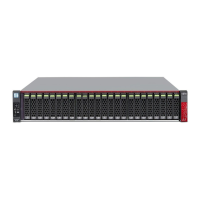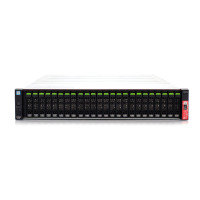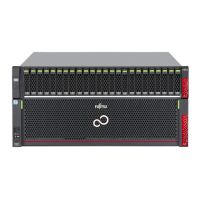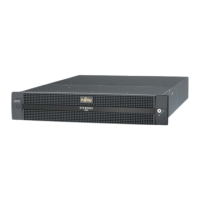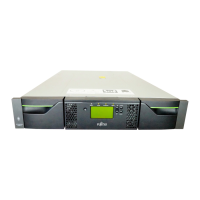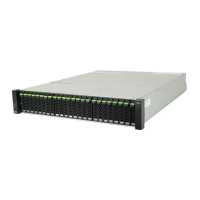Chapter 3 Volume Management
3.19 Snapshot Management for NAS Volumes
ETERNUS Web GUI User’s Guide (Settings)
Copyright 2015 FUJITSU LIMITED P2X0-1270-13ENZ0
327
3.19 Snapshot Management for NAS Volumes
This section describes Snapshot management for NAS volumes.
Snapshot management for NAS volumes provides the following functions:
• Set Snapshot
• Delete Snapshot
• Start Snapshot
• Stop Snapshot
3.19.1 Set Snapshot
This function creates a Snapshot destination SDV for a NAS user volume and sets an acquisition schedule.
This function is displayed in a Unified Storage environment.
Initial Snapshot setting (*1)
• SDVs are automatically created in proportion to the specified number of generations.
• The logical capacity of SDVs is the same as the NAS user volumes. (*2)
• The base name for SDVs can be specified.
• The RAID group to store SDVs can be selected. (*3)
• When the Snapshot setting successfully completes, a Snapshot is automatically acquired.
*1: "Initial Snapshot setting" is when the Snapshot is first configured from a non-configured state, or the first time a
configuration is performed after the [Delete Snapshot] function has been executed.
*2: SDVs in proportion to the specified number of generations all have the same capacity.
*3: SDVs in proportion to the specified number of generations are stored in the selected RAID group.
Snapshot setting modification
• The number of generations can be changed.
• The acquisition schedule (day of the week and time) can be changed.
• When increasing the number of generations, unused SDVs are automatically created.
• When reducing the number of generations, SDVs are deleted from the unused SDVs first, and then older
generation SDVs.
• When the Snapshot is "Active", the Snapshot start state is continued.
The ETERNUS DX60 S3, the ETERNUS DX8700 S3/DX8900 S3, and the ETERNUS DX200F do not support the
Snapshot management for NAS volumes.

